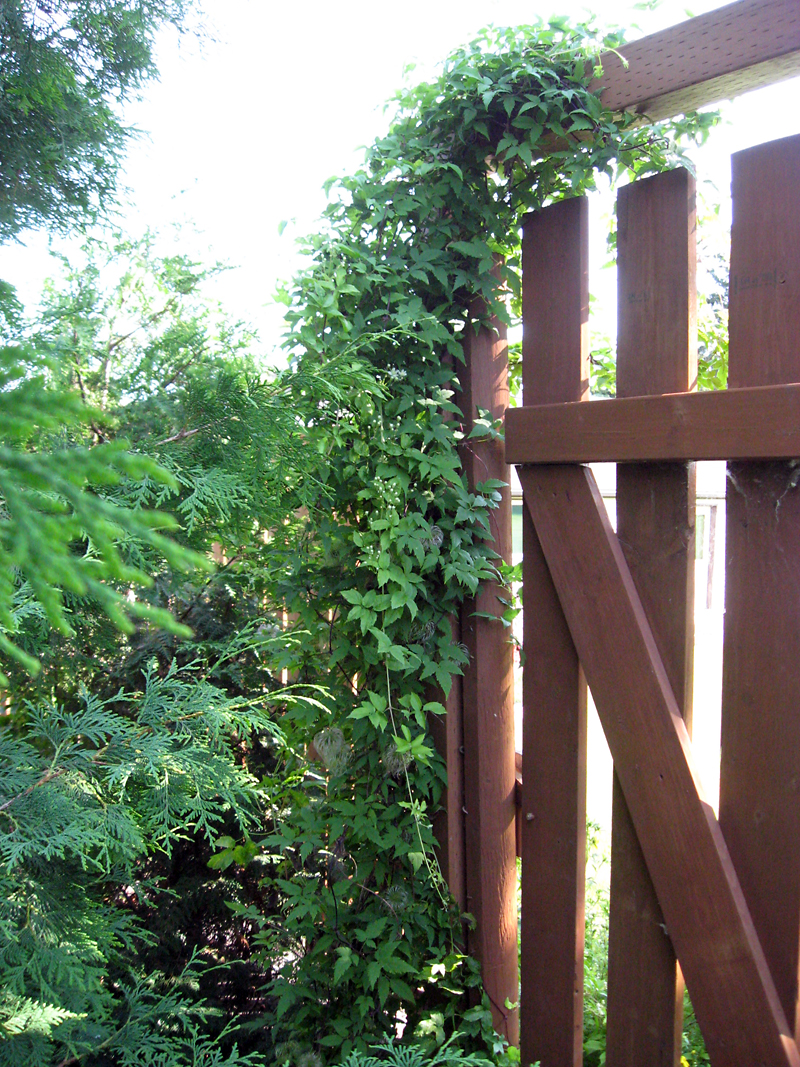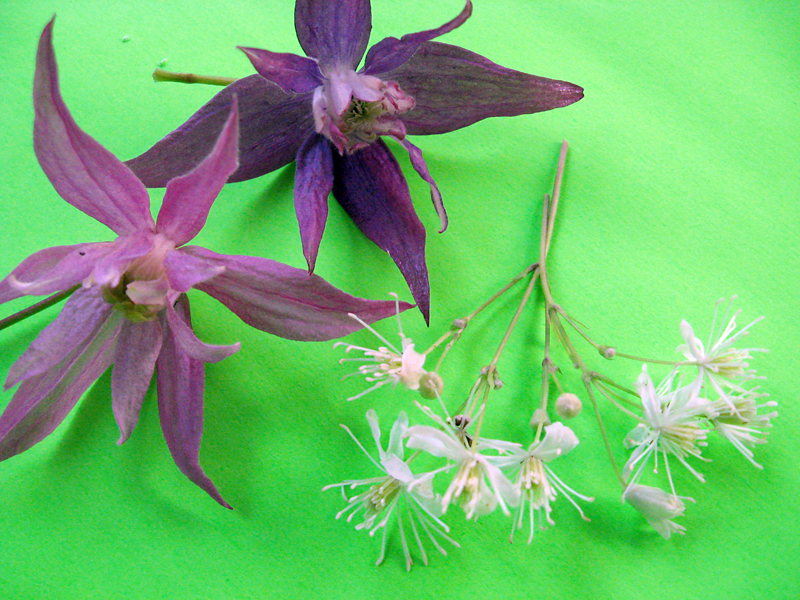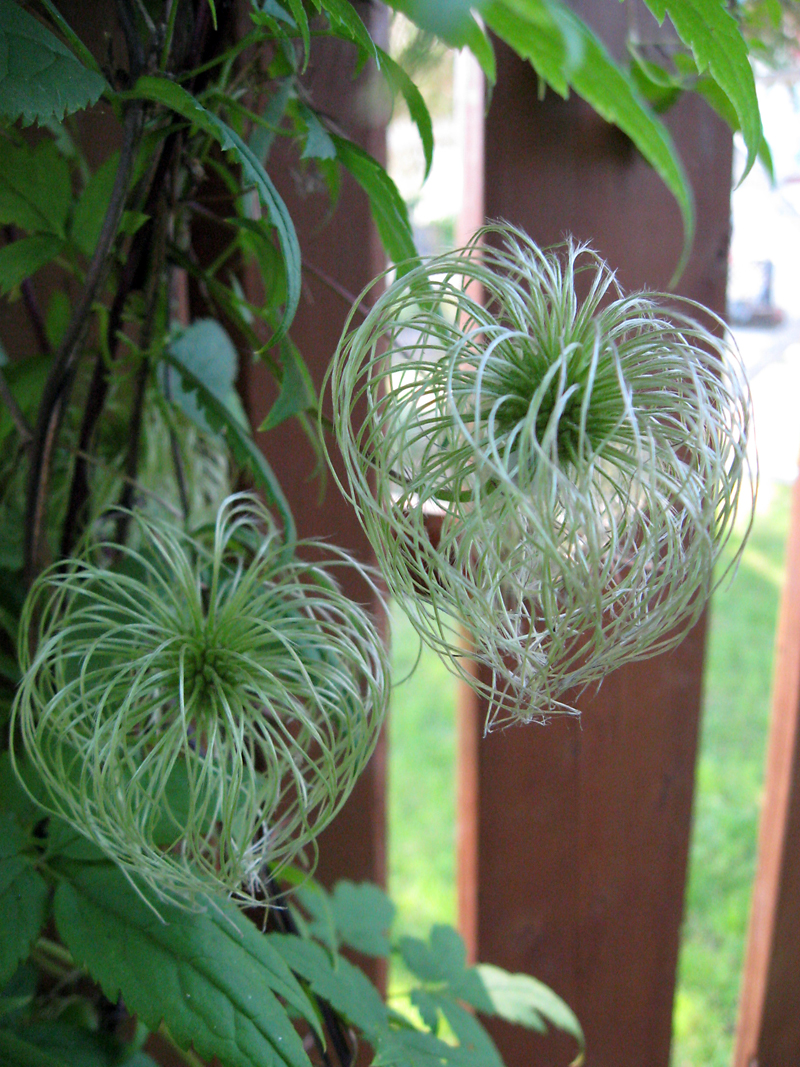Gone Gardenin’ – Enjoy the late-summer bloom of Traveller’s Joy
Advertisement
Read this article for free:
or
Already have an account? Log in here »
We need your support!
Local journalism needs your support!
As we navigate through unprecedented times, our journalists are working harder than ever to bring you the latest local updates to keep you safe and informed.
Now, more than ever, we need your support.
Starting at $15.99 plus taxes every four weeks you can access your Brandon Sun online and full access to all content as it appears on our website.
Subscribe Nowor call circulation directly at (204) 727-0527.
Your pledge helps to ensure we provide the news that matters most to your community!
To continue reading, please subscribe:
Add Brandon Sun access to your Free Press subscription for only an additional
$1 for the first 4 weeks*
*Your next subscription payment will increase by $1.00 and you will be charged $20.00 plus GST for four weeks. After four weeks, your payment will increase to $24.00 plus GST every four weeks.
Read unlimited articles for free today:
or
Already have an account? Log in here »
Hey there, time traveller!
This article was published 21/08/2014 (4065 days ago), so information in it may no longer be current.
I think that late August is a turning point in our gardening season. At this time of year, many — should I say most? — common garden perennials have bloomed themselves out and we are looking for ways to extend the bloom in our gardens until fall frosts finally bring an end to the season.
The lilies have gone past, except for a few late Orientals, the balloon flowers are in the wind, monkshood and ligularia are on their last legs, and sages and salvias are sporting spikes of seeds instead of blooms.
Only Autumn Joy sedums, a few valiant heliopsis, late varieties of garden phlox, and perhaps some late mop heads of hydrangea are preventing the perennial borders from being completely devoid of bloom.

One way that some gardeners maintain colour in their borders is to include a few annuals in their planting plans. By late August, however, even some of the annuals begin to look tired and unless they have been routinely deadheaded, fed and watered on a regular basis, they too may begin to flag.
Snapdragons sport stalks of seeds, dianthus blooms become sparse, and salvias seem to produce few new buds. Petunias have become rangy and tired looking and flea beetles have put an end to displays of colour from alyssum and nasturtium.
Another method of ensuring that the garden continues to have colour and interest, even in late summer, is the inclusion of perennials and other plants in the landscape that come into their prime at this time of year. This is not as easy as it sounds as there are not that many perennials, trees or shrubs that burst into bloom in mid-August.
I was fortunate a few years ago to be visiting a fellow gardener’s yard in late August and as we toured his garden we came upon a perennial vine that was covered in buds and bloom. My interest piqued and to make a long story short, I came away with a seedling of said vine.
The plant turned out to be a variety of clematis, a hardy one developed by the famed Frank Skinner years ago. Like all of the plants this great horticulturalist developed, this variety, which he named “Prairie Traveller’s Joy,” is extremely hardy; it is classified as hardy to zone 1.

What I particularly like about Prairie Traveller’s Joy clematis is that it comes into bloom in late July or early August when all my other hardy clematis — the clematis macropetala types such as Rosie O’Grady and Joe Zary — have stopped blooming. These are the clematis that do not die back to the ground each year, but produce new growth on old wood in the spring.
Of course, some of the clematis hybrids, the most famous being C. Jackmanii, still have some bloom at this time of year, but they also will begin to flag before long. So it is refreshing to have a flowering vine burst into bloom at this time of year.
Prairie Traveller’s Joy — I simply call it Traveller’s Joy — has the same growth habit as my other hardy clematis and I have it trained on a trellis and over a gateway into the back lane. The individual stems can get to be 12 metres long so it is an ideal vine to train on a fence or trellis, or over an arbour.
Traveller’s Joy produces sprays of starry white flowers that are quite small, about two centimetres across. The clusters of flowers, however, are large enough to make an effective display, although this plant does put on a more restrained display than that of its cousins. A bonus is that the flowers have a pleasing scent.
Traveller’s Joy is a hardy plant that will grow even in the most inhospitable places. It is not fussy about soil type and seems to flourish even in poor spoils; it will also tolerate a fair bit of shade.

It is sometimes used to cover banks and slopes where its long rambling stems will root and form new plants where contact is made with the soil. A single plant will soon cover a large area with attractive dark green foliage above which pure white flowers appear in late July.
Traveller’s Joy is easy to propogate; cuttings readily root in soil. Alternately, a stem can simply be pinned to the ground and it will root and after it does, it can be severed from the parent plant and moved to create a new plant.
Like other hardy clematis, Traveller’s Joy is drought tolerant and requires no regular watering or feeding. It also likes to be cut back severely every three or four years to reinvigorate it and remove some of the accumulated old foliage and branches.
It is often referred to as Old Man’s Beard because it produces the typical long silky seed heads that are characteristic of the hardy clematis. It often self seeds and sometimes seedlings can be found growing beneath the parent plant.
Traveller’s Joy clematis truly is a joy to have in the garden. Perhaps you will add this vine to your landscape.

Albert Parsons is a consultant for garden design and landscaping who lives in Minnedosa.
» communitynews@brandonsun.com
